List of Ten Standard Commercial Fabrics for making Garments
Last updated on July 6th, 2023 at 11:40 am
For making garments different types of fabrics are used. But the discussion has been made below on some standard commercial fabrics which are frequently used in making of garments:
Jeans
It is mainly warp faced twill fabric, made with carded cotton yarn, lighter than drill fabric and also the twill lines are very fine. The twill lines are stretched from the right side of the lower end to the left side of the upper end. In some cases, shadow stripes are also made using the yarn of “S” twist and “Z” twist. These fabrics are generally solid and printed and sometimes they are mercerized. Jean fabrics are used in sportswear, work wear, uniforms of doctors and nurses, kid’s play suits, and industrial work. The specification of a jeans fabric is as follows:
Gabardine
It is a warp faced fabric, made mostly in 2/2 twill, as a result the twill lines are clearly visible and 2/1 twill is made in the lower quality gabardine fabrics. The number of warp yarn used per inch is almost double the number of weft yarn. Carded or combed, single or plied yarns are used which is made from the fibre or the mixture of worsted, cotton, silk, rayon etc. Gabardine fabric is used in making suits for men’s, ladies and the kids; also in making of uniforms, sportswear, raincoats, etc. The specification of gabardine fabric is given below:
Very strong cotton fabric generally, it is 2/1 or 3/1 warp faced twill fabric. The warp yarns are in yellow, blue, or black colors and the weft yarn is in white color. The face side of the fabric is blue, yellow or black to look at, and the back side shows bluish or grey. Denim fabric is used in making garments of laborers, overall, work wear, and drapery. The specification of a denim fabric is shown below:
It is very strong cotton warp faced twill fabric. It is a densely woven 2/1 or 3/1 fabric produced from carded yarn. The drill fabric is to some extent like denim fabric. It is used in various works in the form of grey, bleached, dyed, or printed, such as: work cloth, pocketing, lining of shoe, book binding, corset, as coated fabric backing, as industrial fabric etc. The specification of a few drill fabrics are given below:
It is plain weave woven fabric in which fine warp yarn and coarse weft yarns are used. The number of warp yarns used per inch is double or in some cases more than that of weft yarns used. Fabrics are made with cotton, silk, man-made, wool or the blended fibres of them. Cotton poplins are mercerized in most of the time. A specification of poplin fabric is shown below:
Sheeting
It is a plane woven cotton fabric, which is made with carded yarn. There are various constructions of sheeting fabrics, from 40 X 38 Tex to 64 X 68 Tex are used for industrial sheeting and finer yarns are used for domestic bed sheets. The width of sheeting may be from 140 cm to 300 cm and they are sold in grey, bleached or printed conditions. The specification of a sheeting fabric is given below:
Shirting
The fabrics which are used for making shirts are generally called shirting fabrics. Various types of fabrics are used for making shirting, such as: Broadcloth, Chambray, Madras Oxford, and Poplin in the form of plane or fancy weaved, bleached, printed, dyed etc. Fabrics are made from cotton, wool, silk, man-made fibre, or mixed fibres. Fabrics may be in the forms of stripe, check, dyed or printed. The specification of a shirting fabric is given below:
Suiting
It’s an important fabric which is used for making suits of men’s and ladies and sometimes used for making sportswear and dress also. Suiting fabrics are made from wool, cotton, man-made fibres, linen etc. or the blends of these fibres. The weight of fabrics, their constructions, weaving, quality, price etc. are of various types.
Voile cloth
It is a plane woven fabric. This fabric is woven by combed and gassed hard twisted yarns at warp and weft. These types of fabrics are made from worsted and cotton yarn. Generally, 50 counts of yarns, in 60-64 per inch at warp and weft are used.
Cambric
Plane weaved fabric. Texture is very compact. Warp and weft yarns suitable for medium quality Moslin fabrics are required. Heavy starch is required to use in cambric suitable for lining. This fabric was first produced in the city of Cambraie in Belgium for which it has got its name “Cambric”. Generally 90 to 100 yarns per inch are used and 60 counts are used at warp and 50 counts at weft.


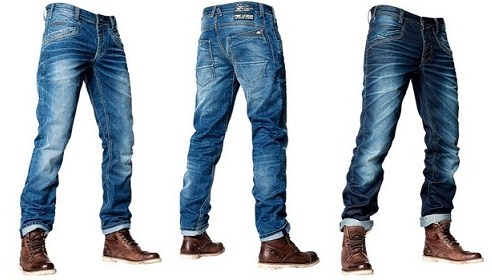

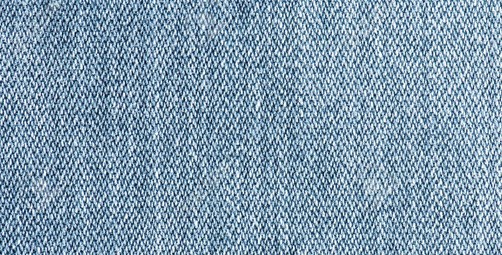
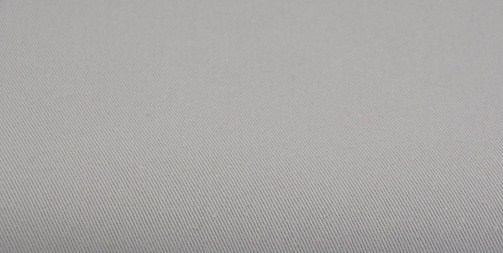
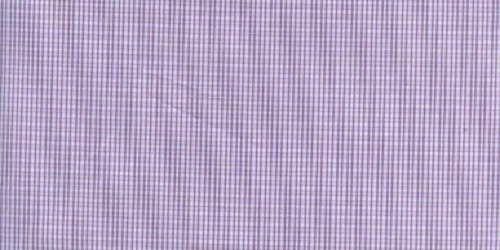
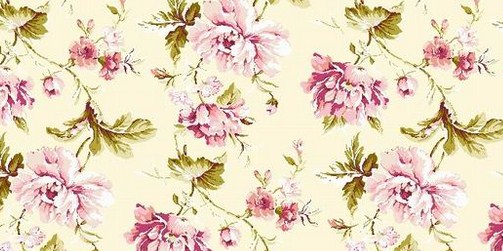
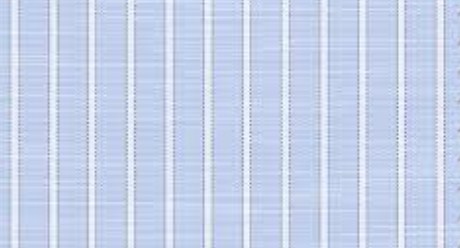
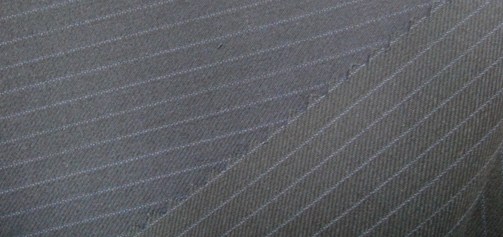
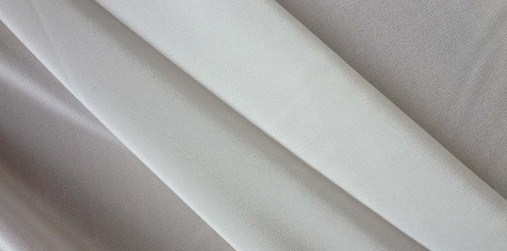
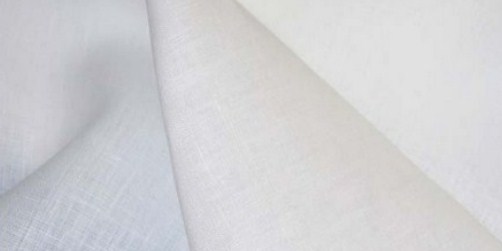



good to see an article put up with images. only in case of poplin fabric it defines as plain weave whereas image shows twill.
Thanks for your nice suggestion. It was my mistake. I've correct it.
Good to see this type of article.